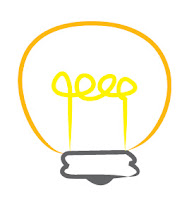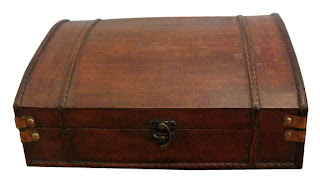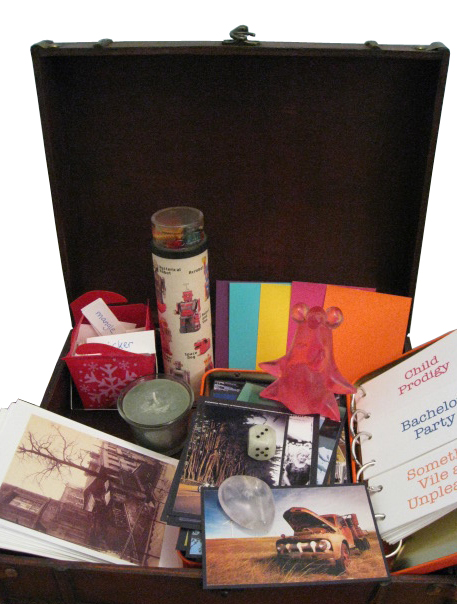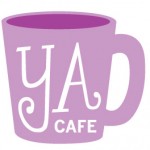Most new ideas or concepts go through a four-phase process. The time spent in each phase–along with the order of the phases themselves–can vary depending on the person and the project. Some phases can even be repeated multiple times throughout the creative process.
Inspiration Phase
This phase is where you get that initial spark of an idea and it’s what most people think of as the creative process (though as you’ll see, the creative process extends beyond this phase). In DIY MFA 2.O, we’ll be focusing on this phase, talking about some of the techniques writers can use to dig up new ideas for projects.
Incubation Phase
This is when you let the idea sit for a while. You might feel weird leaving a project hanging–lazy even–but this phase is an important stage in any creative development. In writing, incubation can occur between drafts, in the middle of a draft, or even before you start the very first draft. The important thing is being able to recognize when you need to step back from a project and give yourself room to do so.
Illumination Phase
This is the evaluation stage, where you look at the idea or project, tease it apart and figure out its weak points. This is also where you look at the overall organization of your idea and shuffle things around as needed. While your inner critic might usually be persona non grata, in this phase, it might be appropriate to let it have its say. Later on, we’ll talk later about ways to use your inner critic productively without letting it go spastic and take over your project.
Implementation Phase
This phase, which usually comes at the end, is where you stop thinking and start writing. Funny how that keeps coming up again and again in ORACLE-related posts. In the end, it all comes down to the same thing: you can plan and think and ponder all you like, but sooner or later you have to sit down and write.
Every writer has at least one phase they love and at least one that makes a root canal sound like fun. For me, implementation is where I drag my feet but I’m nutso for the other three. In fact, I have to limit the number of WIPs I have going or else I’d be constantly tempted to start a ton of projects and I’d never finish any. What phase do you tend to get “stuck” in and never want to leave? Which phase scares the living daylights out of you?











 Call me Gabi (pronounced gah-BEE). I'm a writer, freelance teacher, and a lover of books and words. I'm also the instigator of DIY MFA. iggi's my sidekick, but he thinks he's the brains behind this operation.
Call me Gabi (pronounced gah-BEE). I'm a writer, freelance teacher, and a lover of books and words. I'm also the instigator of DIY MFA. iggi's my sidekick, but he thinks he's the brains behind this operation.
 Round of Words in 80 Days
Round of Words in 80 Days YA Cafe: Teens and Body Image
YA Cafe: Teens and Body Image KidLit and TeenLit Books on Body Image
KidLit and TeenLit Books on Body Image Katrina Kittle Guest Post: Writing Tough Subjects for Young Readers
Katrina Kittle Guest Post: Writing Tough Subjects for Young Readers